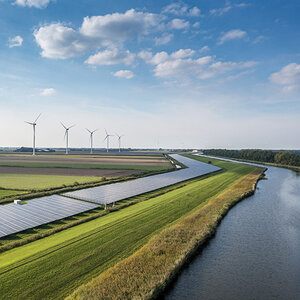Investing in Emerging and Frontier Economies: How Blended Finance can make the most of public funding
A report from the Investor Leadership Network — a consortium of fourteen global institutional investors — and the Rockefeller Foundation offers a blueprint for philanthropic organizations, multilateral development banks (MDBs), governments, and other public-sector actors to leverage blended finance to address the effects of climate change and advance global sustainable development. The report, Investing in Emerging and Frontier Economies: How Blended Finance can make the most of public funding (12 pages, PDF), proposes seven actions the blended finance community can take to reduce risk and barriers to private investment, create new cross-sector partnerships, and increase sustainable investments in efforts to achieve the United Nations' Sustainable Development Goals, including creating a rolling pool of funds offering first- or second-loss guarantees so the private sector can cover currently hard-to-insure risks such as those relating to regulatory changes, taxation, and reputational risk; creating a separate facility to help with one of the biggest obstacles, foreign exchange risk; creating a detailed shared database of projects that MDBs are screening so that private investors can express an interest early on; setting up a searchable virtual toolbox so investors can more easily find the plethora of currently little-known risk-hedging instruments that MDBs and philanthropic organizations offer; giving the private sector full access to the Emerging Markets Risk Database or similar information to help assess risks; expanding an ILN fellowship program to help emerging-market government officials understand institutional investors' needs and network with potential investors; and hosting philanthropic and financial-market participants at the Rockefeller Foundation's Bellagio Center to identify discrete areas of collaboration.



